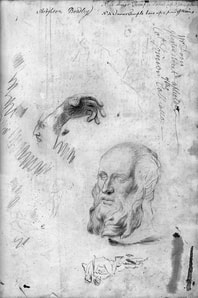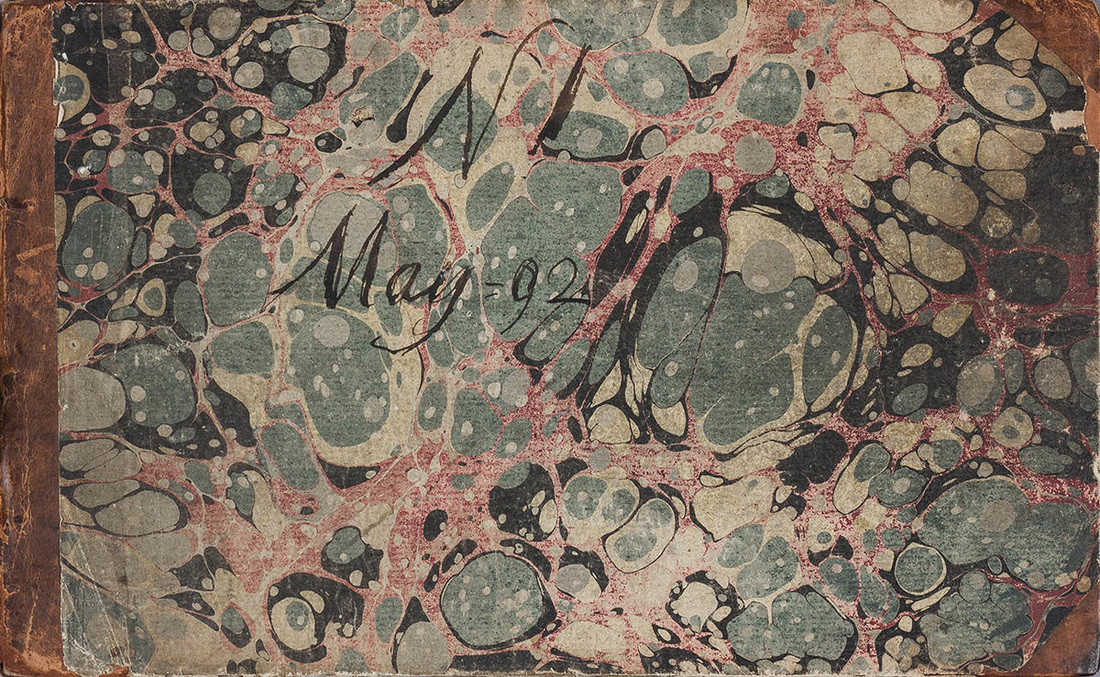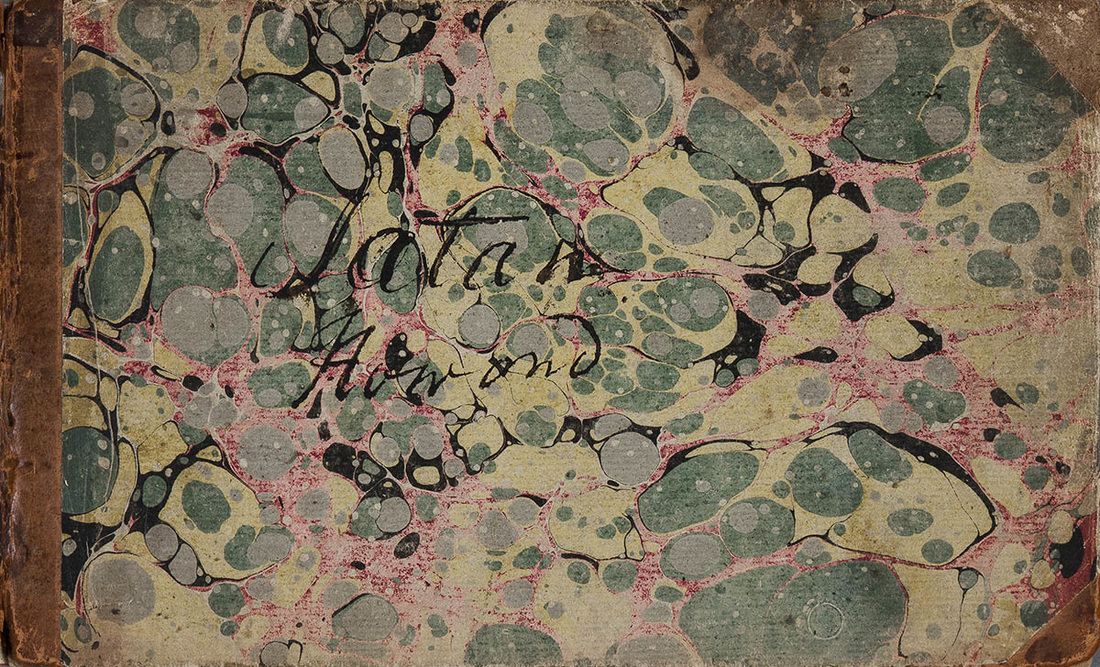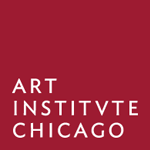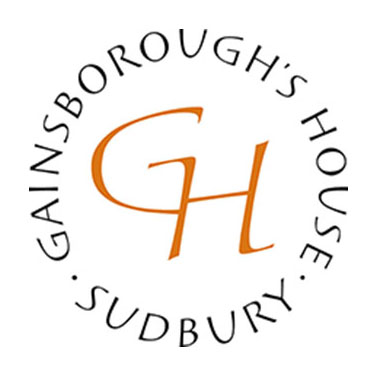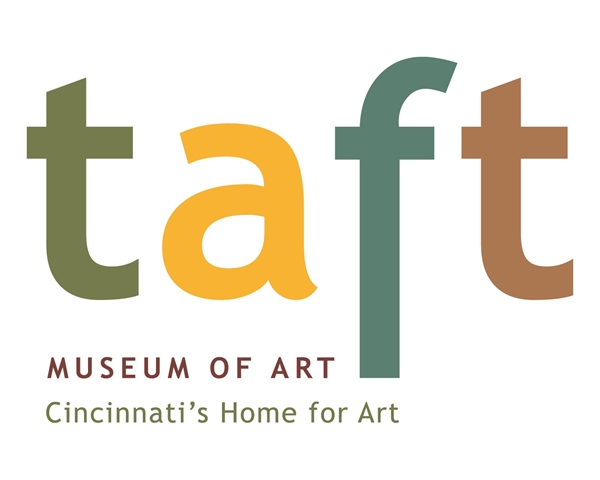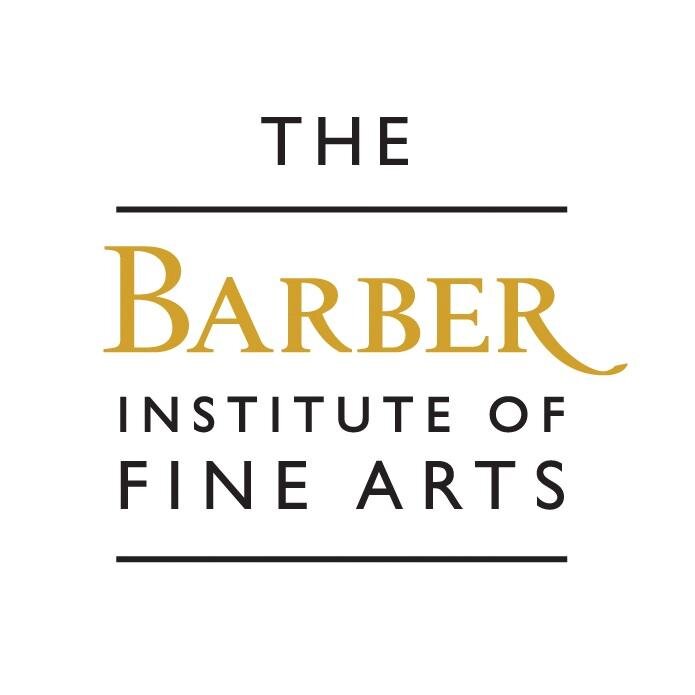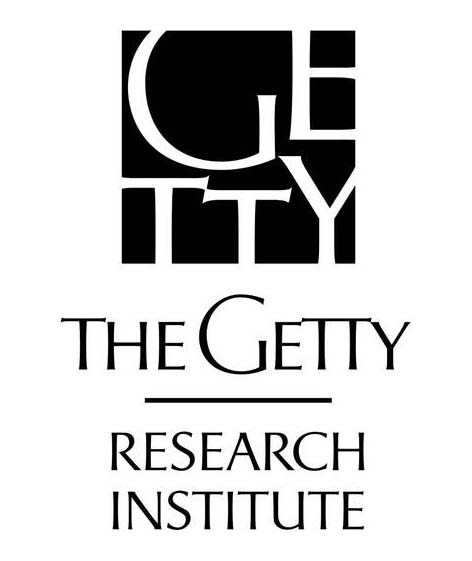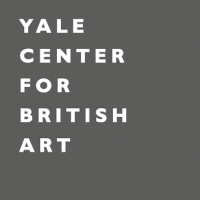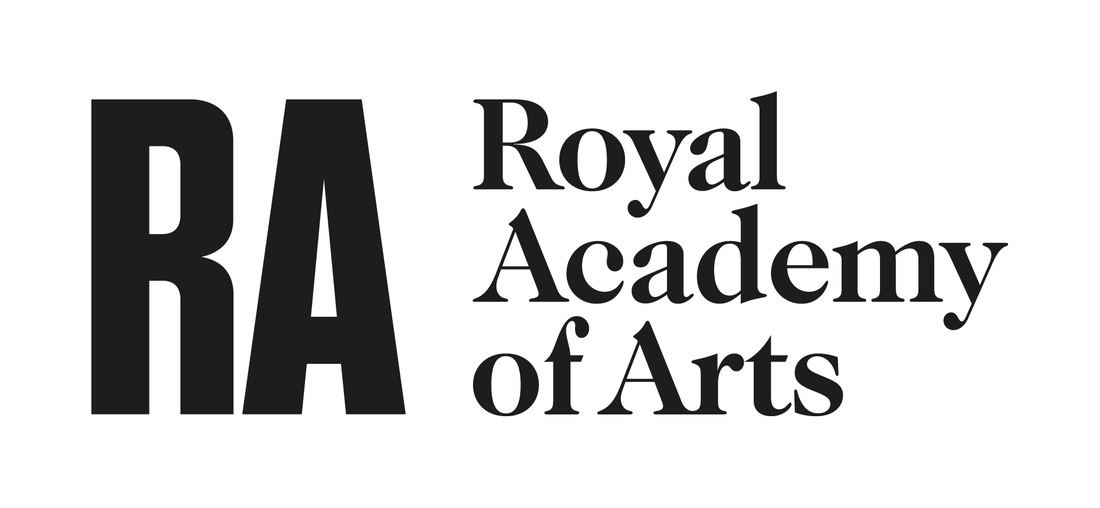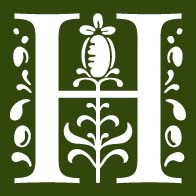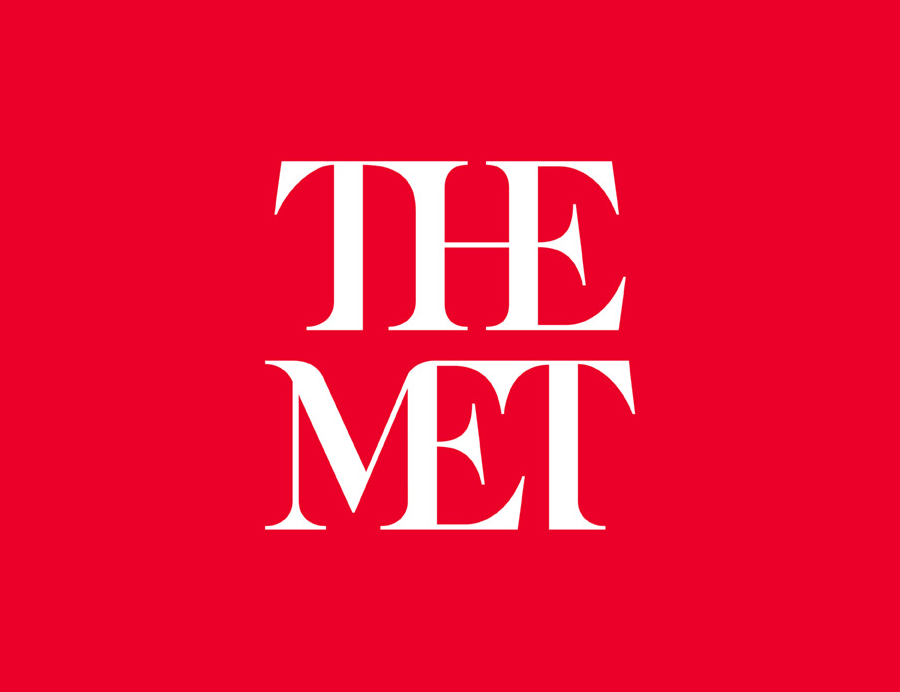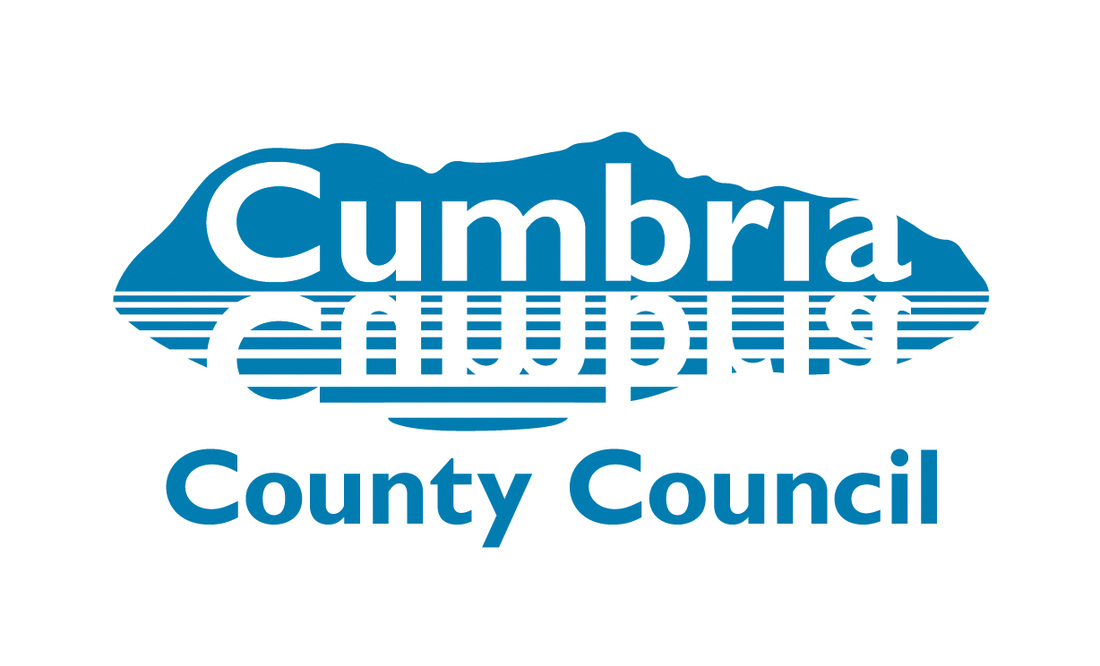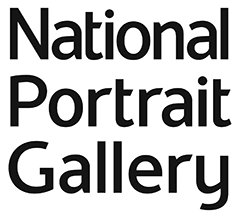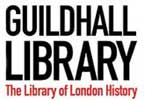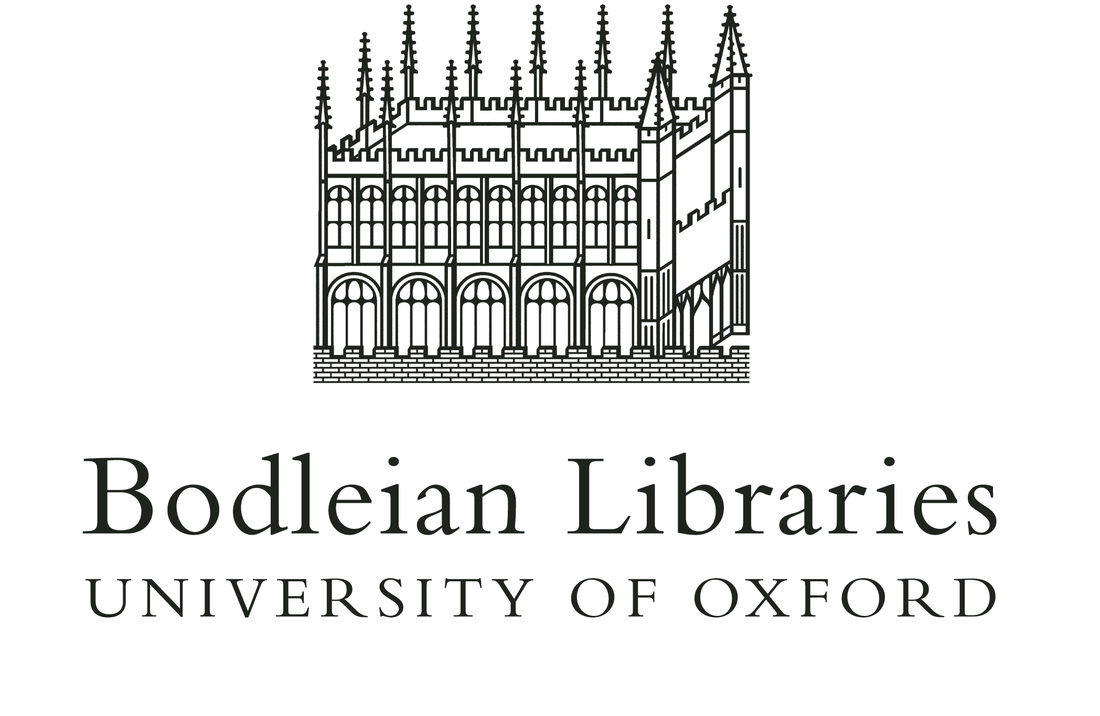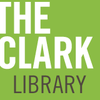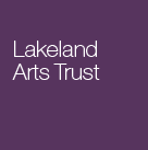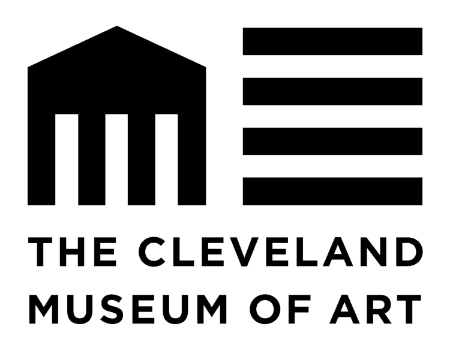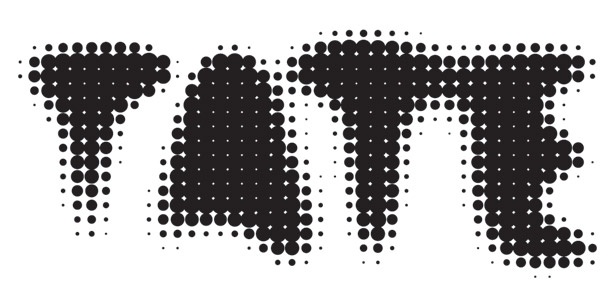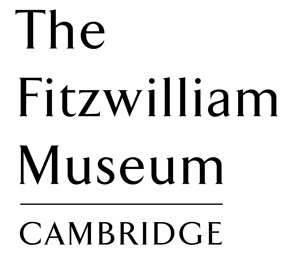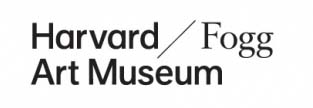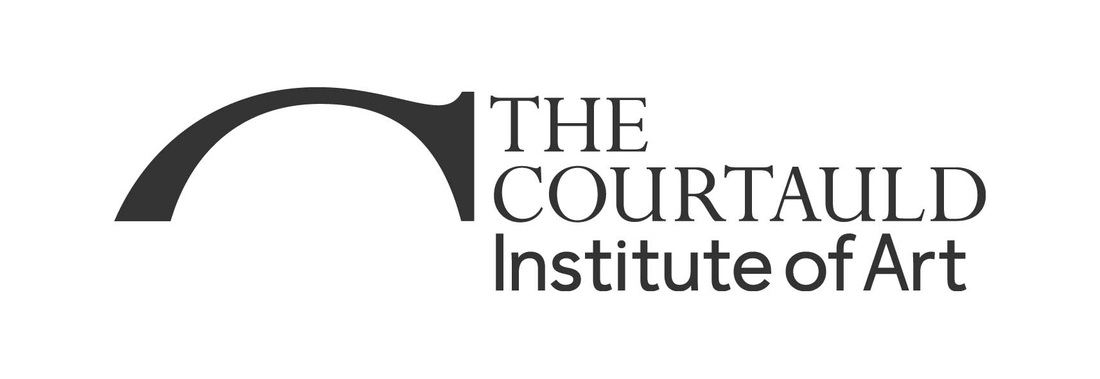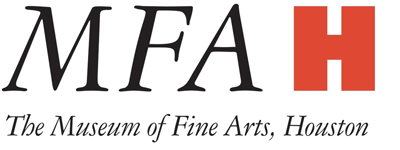George Romney - Sketch Books (temporary preview page No1)
Romney left more than fifty sketchbooks. These give unique insights into his thinking and his interests at various times of his life. The Society has undertaken to produce a digital record of the contents of individual sketchbooks with brief explanatory notes. This long term project commenced in 2016 and the first sketchbooks are now available on this website. More will be added in due course.
|
The drawings on this page come from the first of three sketch books that George Romney completed between 1792 and 1794. The sketchbooks can viewed interactively by clicking on the cover below. Press escape to exit the viewer. Or in a photo gallery of the individual pages further down the page.
Contents: Twenty-eight drawings – six for Macbeth, eighteen for Paradise Lost, one for The Effects of Envy and Pride, and two pages of figure sketches relating to unidentified compositions. Half-calf binding with marbled boards. 46pp of wove paper. The cover inscribed and dated by the artist ‘NI / May 1792’. The Sketchbook: 14.5×23.5cms. The Pages: 14x23cms. |
Heroic Drawings inspired by Shakespeare, Milton and Howard |
|
The drawings on this page come from the second of three sketch books that George Romney completed between 1792 and 1794. The sketchbooks can viewed interactively by clicking on the cover below. Press escape to exit the viewer. Or in a photo gallery of the individual pages further down the page.
Contents: Seventeen drawings – thirteen for John Howard Visiting a Lazaretto, three drawings for The Effects of Envy and Pride, one page of figure sketches for an unidentified composition. Half-calf binding with marbled boards. 38pp of wove paper watermarked ‘Whatman’. The cover inscribed by the artist ‘Satan / Howard’. The Sketchbook: 14.5×23.5cms. The Pages: 14x23cms |
Heroic Drawings inspired by Shakespeare, Milton and Howard |
|
The drawings on this page come from the third of three sketch books that George Romney completed between 1792 and 1794. The sketchbooks can viewed interactively by clicking on the cover below. Press escape to exit the viewer. Or in a photo gallery of the individual pages further down the page.
Contents: Thirty-five drawings – eight for A Shipwreck at the Cape of Good Hope, five for Entrust thy Care to Truth Alone, four pages of figure sketches for unidentified compositions and sixteen architectural sketches relating to Romney’s plans to build a house, gallery and studio thirteen of which are now at the RIBA Library Drawings and Archives Collections. Half-calf binding with marbled boards. 52pp of wove paper watermarked ‘Whatman 1794’. The Sketchbook: 14.5×23.5cms. The Pages: 14x23cms. |
Heroic Drawings inspired by Shakespeare, Milton and Howard
|
Heroic Drawings inspired by Shakespeare, Milton and Howard
an introduction by Alex Kidson
In the first half of the 1790s Romney’s approach to drawing underwent the last of its endemic transformations. The large loose sheets with neo-classical ink and wash designs that dominated the artist’s sketches of the 1770s and 1780s and that would become his most familiar drawings for posterity gradually died away as he worked more and more directly on the pages of sketchbooks and returned increasingly to the use of pencil. Pencil and the mastery of pencil had in fact been the mainspring of his graphic art for most of Romney’s life. On his arrival in London in 1762 he had begun making delicate yet already movingly beautiful pencil designs in a large Liber Veritatis (the ‘Kendal Sketchbook’) that prepared or recorded many of his first compositions; and even as, at the end of the 1760s, he moved towards the greater use of ink, and later still ink and wash in his graphic work, he continued to use slight indications in pencil to establish the outlines of his designs. There is no excuse for regarding Romney’s preference for pencil drawing in his last years as one more symptom of that decline in his art beloved of certain commentators: it was a conscious aesthetic choice that had important creative implications.
At the most basic level, working in pencil on the successive pages of fairly small sketchbooks connoted a desire for greater speed, greater concision and greater spontaneity. For all Romney’s certitude in the use of ink and wash, the medium itself and also the use of loose sheets demanded an element of formality and a degree of preparation that the ageing Romney may have come to regard increasingly as a threat to creativity – a recipe for loss of inspiration or failure of nerve; some kind of equivalent of writer’s block. By contrast, keeping a sketchbook and a pencil in his pocket for use at any moment privileged immediacy as an aesthetic requirement. John Romney, the artist’s son, recorded that in later life his father would make sketches on the wing on his walks around London and the surrounding countryside: in the past, the motifs of such sketches would have been recalled – and worked up – in the studio.
Greater speed, concision and spontaneity were only partially aesthetic ends in themselves: graphic parallels for the elimination of the trivial and concentration on essentials that were also aspects of his painting practice in these years. Fundamentally, they were also at the service of Romney’s changing approach to subject matter. As his senior position in the British art-world became more obvious and his pretensions as a history painter increased, the compositions that he visualised became more ambitious – often crowded with figures in complicated combinations and poses. Always a lover of the theatre, Romney increasingly conceived his subjects as tableaux, with dramatic lighting, and he used pencil because, more subtly than ink and wash, it permitted him to investigate tonal gradations, and effects of contre-jour and chiaroscuro; and above all to do so quickly, over and over, with minor variation. Commentators have often likened the experience of turning the pages of a late Romney sketchbook to riffling a sequence of cine-stills of one take of a film – only it is one with the unwanted edits, close-ups and offtakes thrown in. Each of the subjects of the drawings in this exhibition has a filmic character, and their individual treatments resonate with a sense of movement in time and space, of light and atmosphere.
Alex Kidson, January 2016
At the most basic level, working in pencil on the successive pages of fairly small sketchbooks connoted a desire for greater speed, greater concision and greater spontaneity. For all Romney’s certitude in the use of ink and wash, the medium itself and also the use of loose sheets demanded an element of formality and a degree of preparation that the ageing Romney may have come to regard increasingly as a threat to creativity – a recipe for loss of inspiration or failure of nerve; some kind of equivalent of writer’s block. By contrast, keeping a sketchbook and a pencil in his pocket for use at any moment privileged immediacy as an aesthetic requirement. John Romney, the artist’s son, recorded that in later life his father would make sketches on the wing on his walks around London and the surrounding countryside: in the past, the motifs of such sketches would have been recalled – and worked up – in the studio.
Greater speed, concision and spontaneity were only partially aesthetic ends in themselves: graphic parallels for the elimination of the trivial and concentration on essentials that were also aspects of his painting practice in these years. Fundamentally, they were also at the service of Romney’s changing approach to subject matter. As his senior position in the British art-world became more obvious and his pretensions as a history painter increased, the compositions that he visualised became more ambitious – often crowded with figures in complicated combinations and poses. Always a lover of the theatre, Romney increasingly conceived his subjects as tableaux, with dramatic lighting, and he used pencil because, more subtly than ink and wash, it permitted him to investigate tonal gradations, and effects of contre-jour and chiaroscuro; and above all to do so quickly, over and over, with minor variation. Commentators have often likened the experience of turning the pages of a late Romney sketchbook to riffling a sequence of cine-stills of one take of a film – only it is one with the unwanted edits, close-ups and offtakes thrown in. Each of the subjects of the drawings in this exhibition has a filmic character, and their individual treatments resonate with a sense of movement in time and space, of light and atmosphere.
Alex Kidson, January 2016






















































